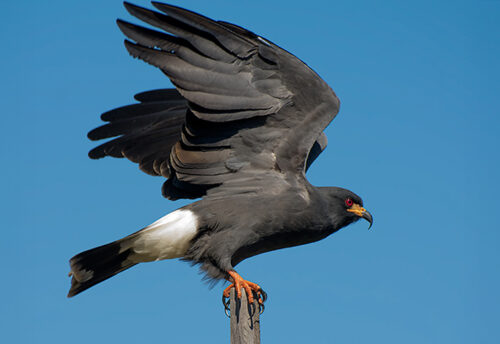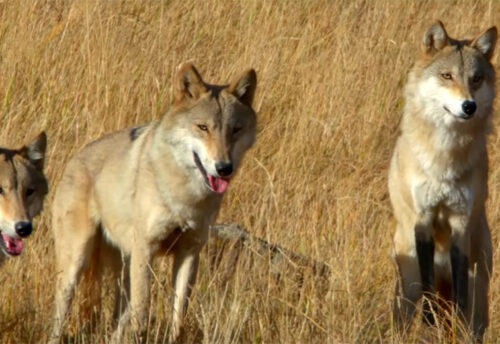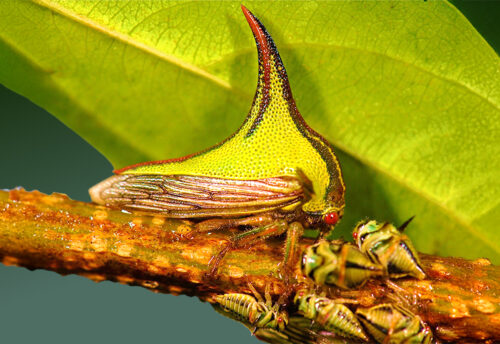
The eastern lowland gorilla boasts the title of being the largest primate in the world. These beautiful gorillas can only be found in the Albertine Rift in eastern Democratic Republic of Congo. They prefer forested habitats. Eastern lowland gorillas face a daily struggle for survival. Faced with habitat destruction, hunting, trapping, fires, climate change, agricultural competition, vehicle strikes (getting hit by cars, trucks, and trains), civil unrest, and prion-induced diseases (abnormal, pathogenic diseases that are transmissible to other primates and sometimes even humans), these magnificent critters are listed as Critically Endangered by the IUCN. Sadly, their numbers are also decreasing daily.
First the Stats…
Scientific name: Gorilla beringei graueri
Weight: Up to 460 lbs.
Height: Up to 6 feet
Lifespan: Up to 60 years
Now on to the Facts!
1.) Like the mountain gorillas, these creatures are diurnal (active during the day).
2.) They spend approximately 30% of their day traveling, 30% of the day feeding, and 40% of the day resting and grooming 1 another.
3.) These gorillas gather in groups called harems. A harem consists of an alpha male, aka silverback, and subordinate females with their young; sired by the silverback.
4.) Unless a bachelor male happens upon a harem, conflicts rarely break out between differing harems.
5.) A group of gorillas is called a troop, band, harem, or whoop.
But wait, there’s more on the eastern lowland gorilla!
6.) Like all primates, grooming is an integral part of their daily ritual that helps to strengthen the family bond.
7.) Gorillas are primarily folivores (eat leaves). However, they will not only consume leaves but also stems, vines, shrubs, roots, bamboo, herbal piths, flowers, berries, fruit, fungi, wood, tree bark, epithelium (external “skin” pulled from roots), and an occasional invertebrate.
Did you know…?
Fully grown silverbacks are actually stronger than up to 20 adult humans. A Silverback can lift up to 4,000 lbs. on a bench press! In contrast, a skilled bodybuilder can only lift up to 885 lbs.
8.) As is the case with gorillas, males are polygynous (dominant male mates with all females in his harem).
9.) Only the alpha male has breeding rights.
10.) Females undergo up to an 8.5 month gestation (pregnancy) that yields a single infant.
But wait, there’s still more on the eastern lowland gorilla!
11.) The baby is carried by its mother for up to 9 weeks, where it is then able to crawl.
12.) Infants are able to walk at about 30 – 40 weeks of age. In comparison, human babies typically start walking at about 18 months.
Did you know…?
Koko, a famous captive bred gorilla, learned to sign by 1 year old. By 40 years old, she possessed a gathering of approximately 1,000 signs and could understand about 2,000 English words!
13.) Gorillas can produce up to 25 different vocalizations.
14.) Just like humans, gorillas have 5 fingers and 5 toes.
15.) They have 32 teeth, just like humans.
But wait, there’s still a little more on the eastern lowland gorilla!
16.) In a 2012 study on captive gorillas, scientists discovered that female gorillas would actually utilize baby talk, when communicating with their infant. Their physical touch was also more tactile and repetitive with their young in comparison to with other adults.
17.) The eastern lowland gorilla can run at speeds of up to 25 mph!
18.) Gorillas can also laugh, when tickled.
Now a Short Eastern Lowland Gorilla Video!
Be sure to share & comment below! Also, check out the Critter Science YouTube channel. Videos added frequently!
Want to suggest a critter for me to write about? Let me know here.



